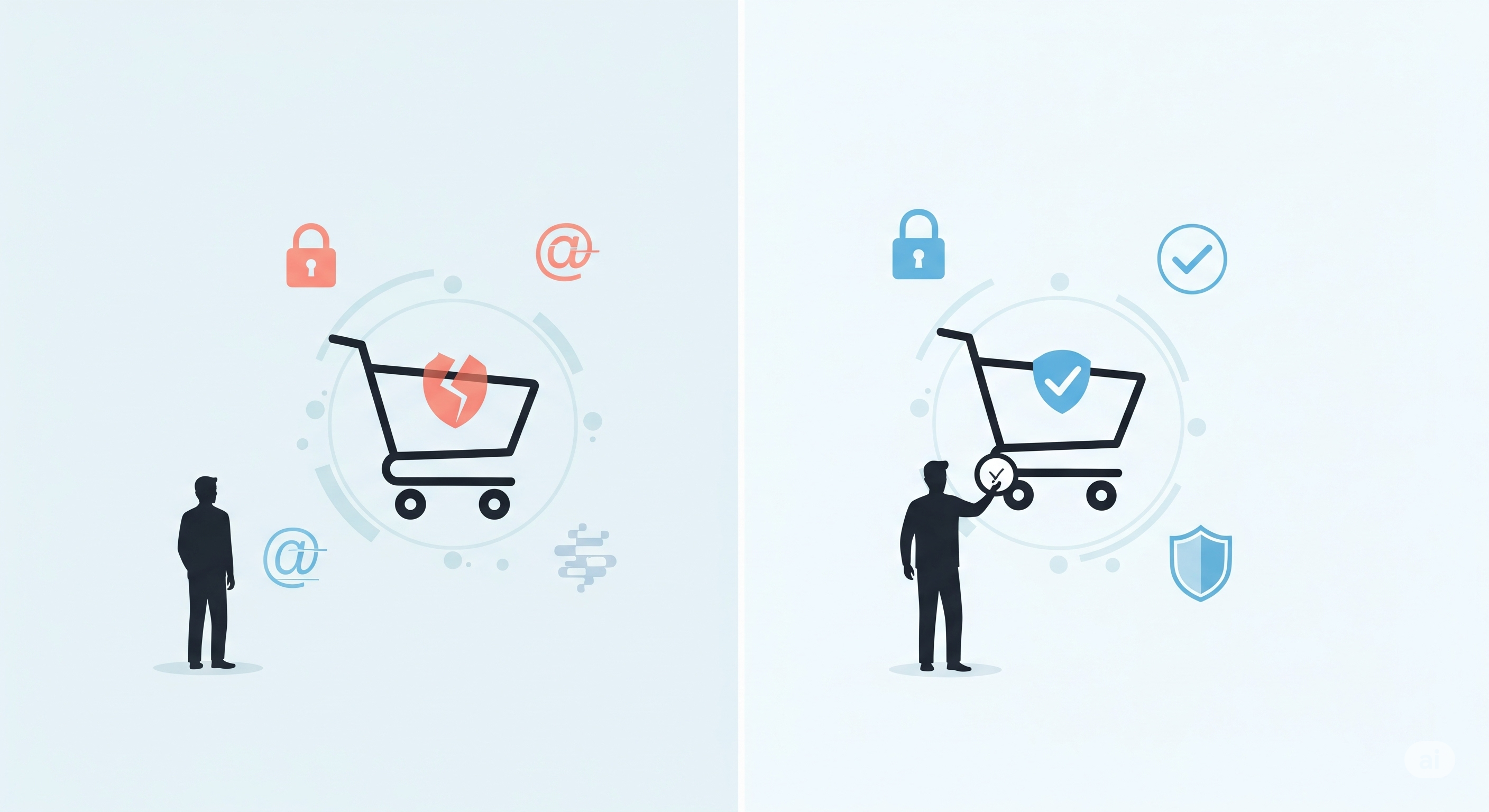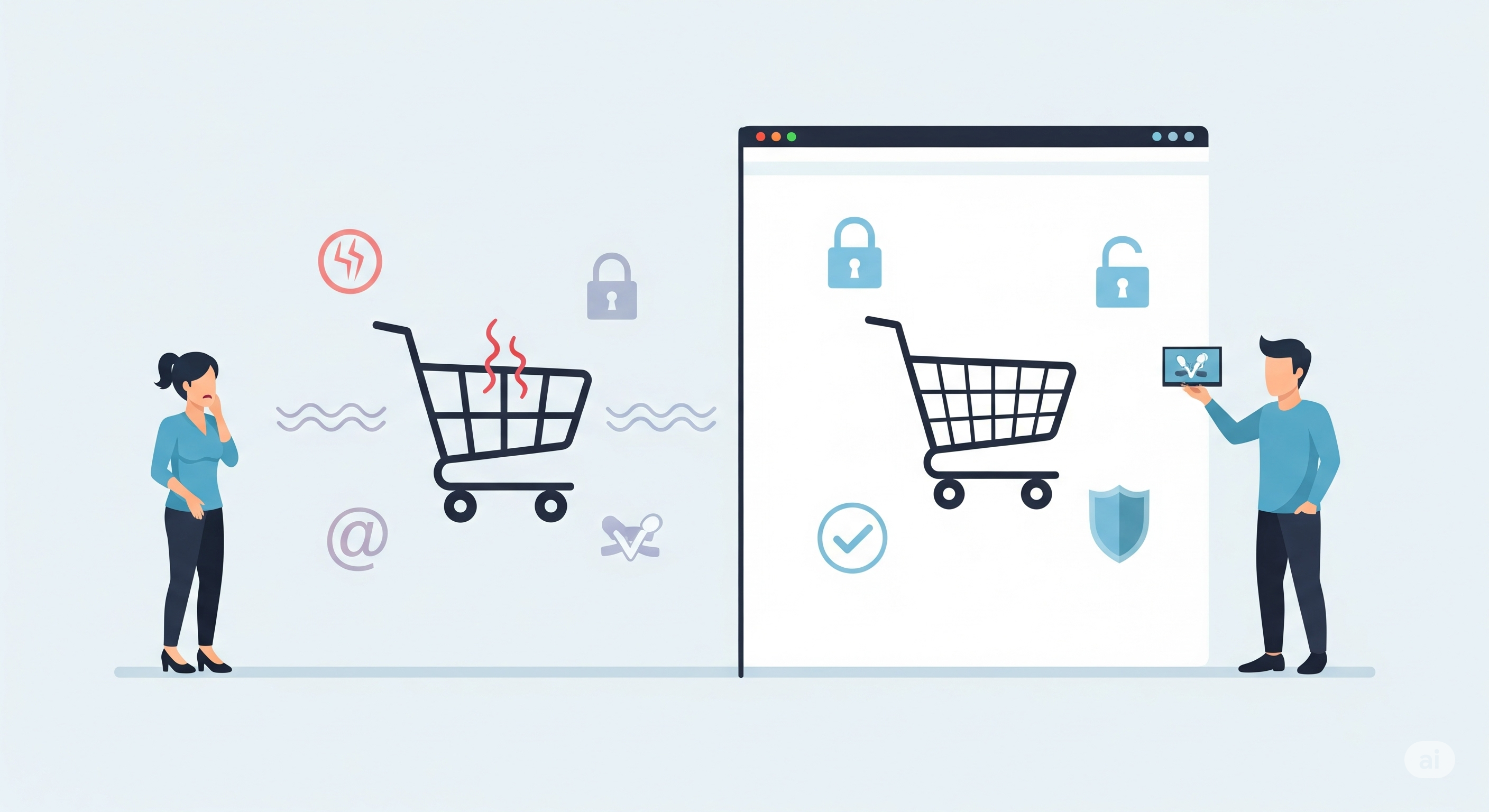Tips & Support
Identify Trustworthy Online Stores
Identify Trustworthy Online Stores
By Admin
Related Topics

10 Red Flags to Spot a Scam Website
Scam websites are becoming smarter all the time in this digital era nbsp What used to be clearly phony websites......
Read More
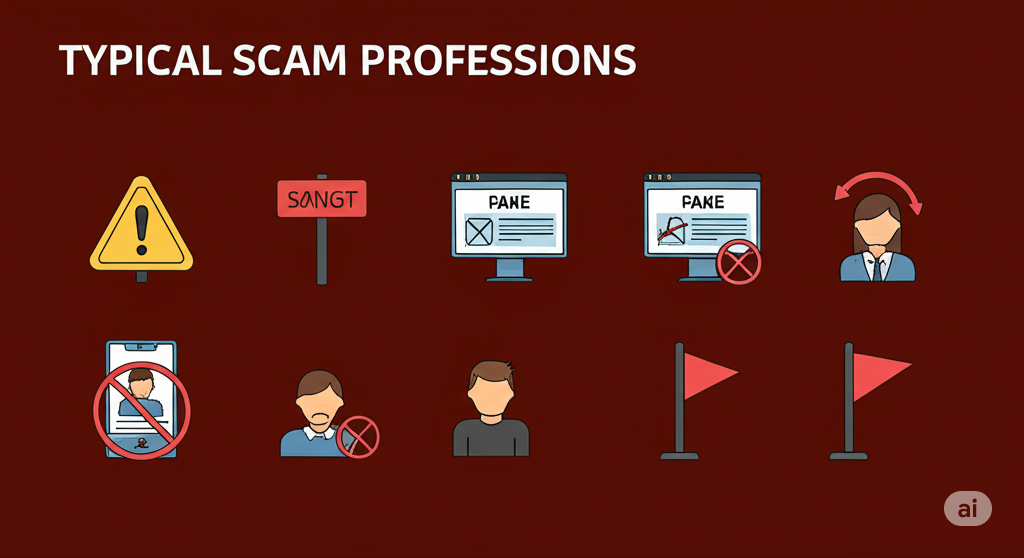
Typical Scam Professions
Scams aren t only limited to dark back alleys or emails with bad English anymore They ve become smarter and......
Read More
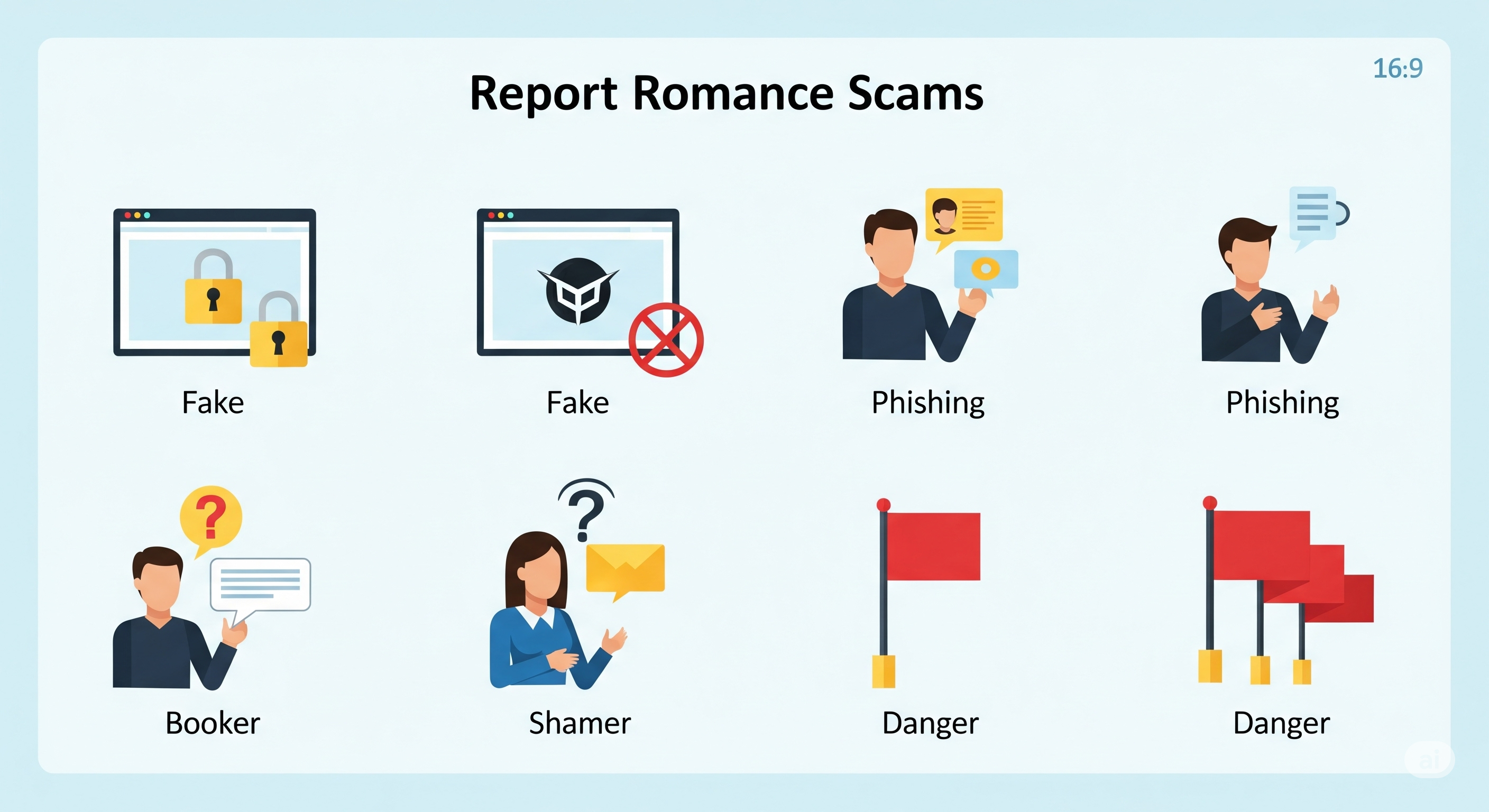
Report Romance Scams
Romance scams are among of the most hurtful and costly types of online fraud nbsp Every year hundreds of people......
Read More
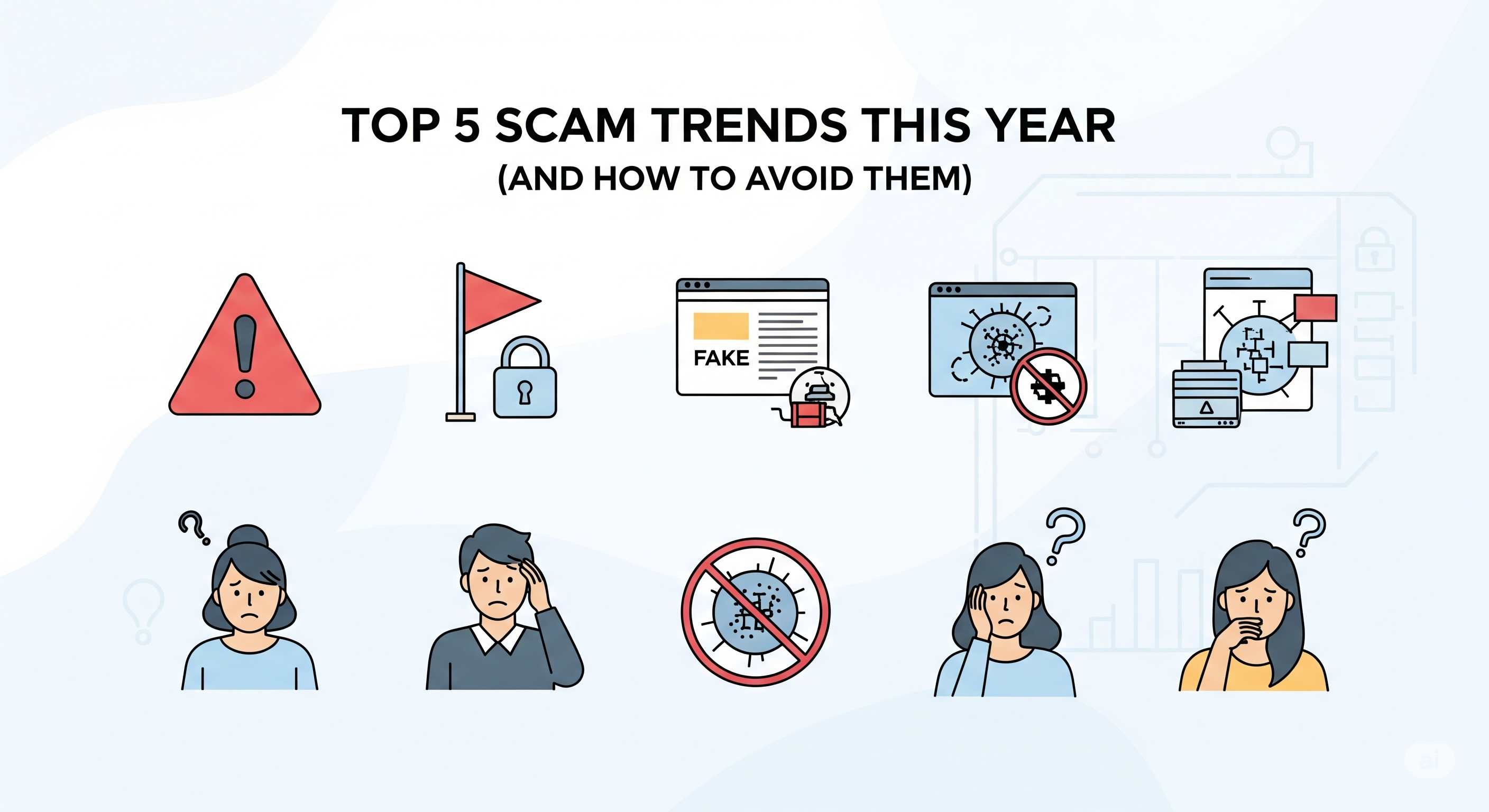
Top 5 Scams and How to Avoid Them
Every year scammers become more cunning adapting to digital behaviors and exploiting emerging technologies to trick unsuspecting consumers In today......
Read More

10 Red Flags to Spot a Scam Website
Scam websites are becoming smarter all the time in this digital era nbsp What used to be clearly phony websites......
Read More
Typical Scam Professions
Scams aren t only limited to dark back alleys or emails with bad English anymore They ve become smarter and......
Read More
Report Romance Scams
Romance scams are among of the most hurtful and costly types of online fraud nbsp Every year hundreds of people......
Read More
Top 5 Scams and How to Avoid Them
Every year scammers become more cunning adapting to digital behaviors and exploiting emerging technologies to trick unsuspecting consumers In today......
Read More